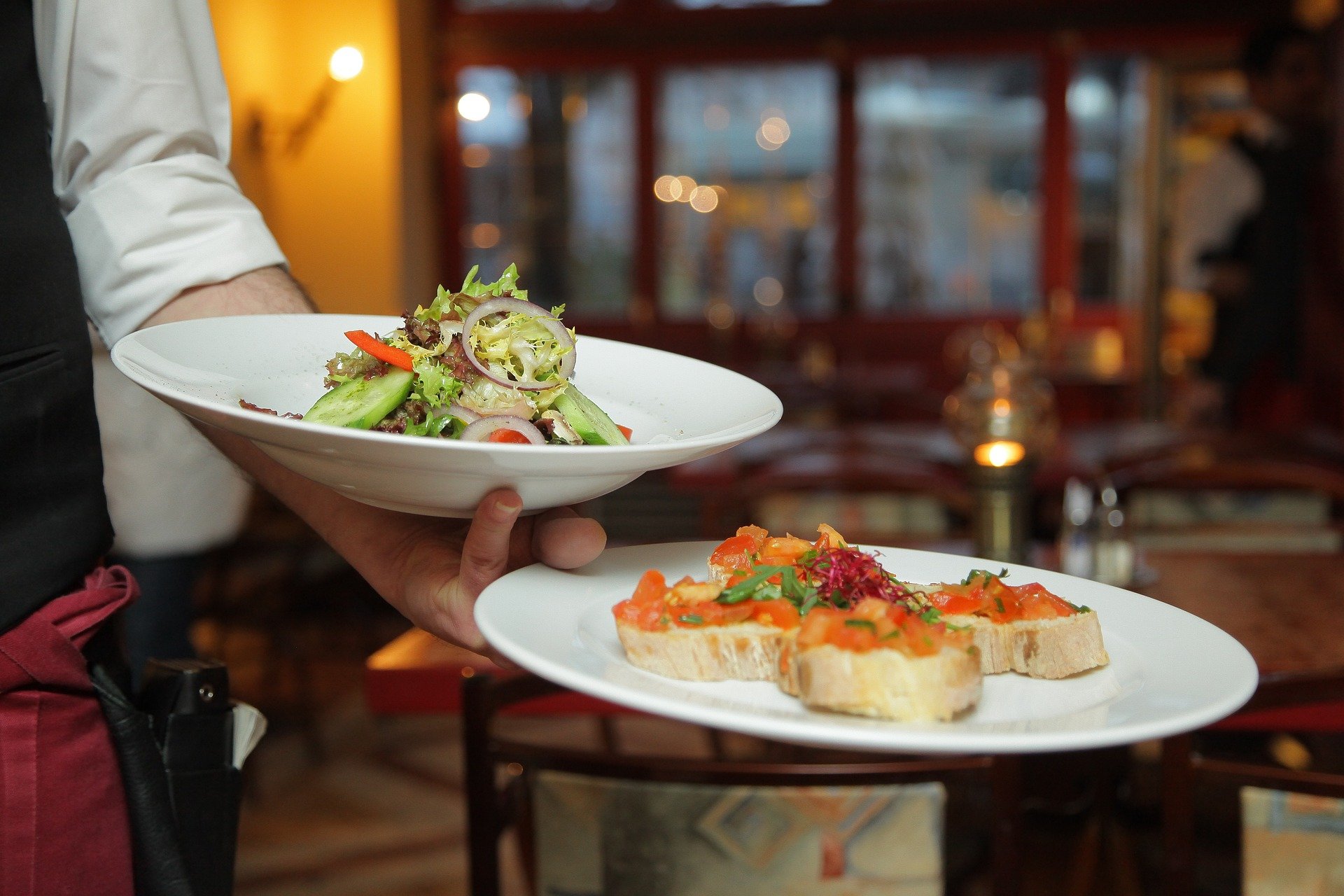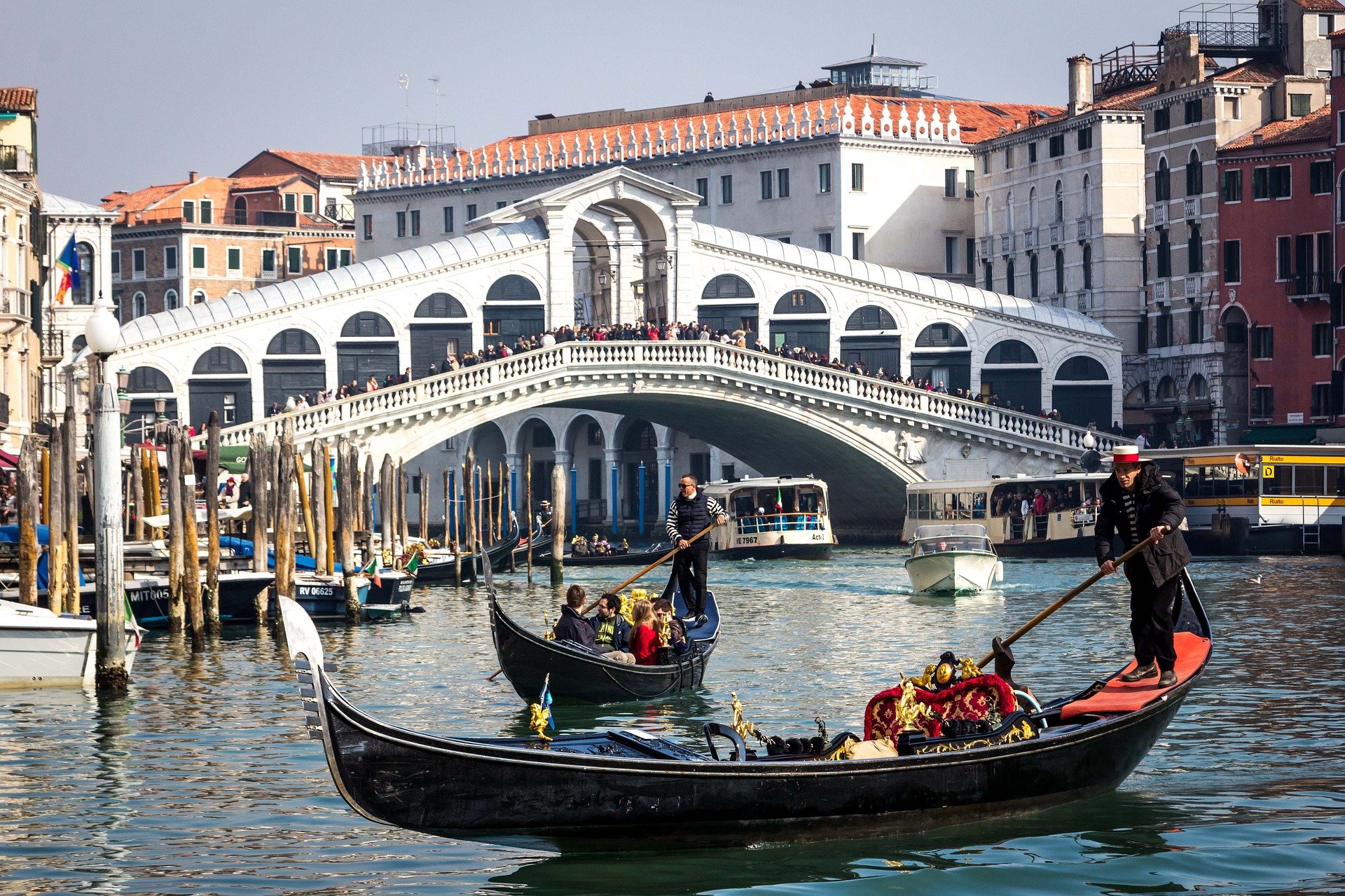It’s quite difficult to read an Italian restaurant menu, there are lots of sections, few pictures (at least in the good restaurants) and a lot of mistakes you may make. Of course, you can eat whatever you want, but Italians tend to be very uncompromising when it comes to their food, and even waiters may complain about poor food choices.
Once I was in a good restaurant outside Venice, one of my favourites. I brought with me my Lebanese cousins and they ordered frittura (mixed fried fish dish). They asked lemon to the waitress, as there wasn’t any in the plates, but she didn’t want to bring it because she said that “you don’t need it because the fish is very fresh”. In the end she accepted, but the situation was a little awkward for a few minutes… So just imagine what could be the outcome if you ordered pizza and cappuccino, for example!
Let’s first start with the basics.
The name of the restaurant usually indicates what kind of restaurant it is:
Ristorante: general, should have pretty much everything. Usually doesn’t make neither pizza nor sushi, at least not good ones.
Pizzeria: specialized in pizza. Sometimes they also have normal cuisine, but nothing extraordinary
Osteria: very typical in Venice. Specialized in wine and little sides dishes like “cicchetti“
Trattoria: a restaurant that focuses on home made cuisines, nothing fancy, but traditional
Lunch and dinner time
Lunch ours are from 12 to 3pm, and most restaurants close their kitchens at 2.30pm. If you’re outside this window, it will be very difficult to find a proper restaurant ready to serve you, and it will be easier to just go to a pizza shop or a bar.
The same goes for dinners but from 6pm to 1am, with kitchens usually closing around midnight.
Italians have very strict lunch times, and they care a lot for their break. So you should also consider that it will be very hard to find shops opened during lunch time.
If you pass by a restaurant that interests you, you may book for as many people as you want, unless the restaurant doesn’t accept bookings. In this case, I normally choose another one, but I guess you should try to understand them and figure out how many tourists every day book and then don’t show up.
How to navigate the menu
Menus have several sections, normally the main areas are:
Antipasti – Appetizers. They always come first. A lot of restaurants offer several very tempting appetizers that may range from original fancy cuisine to a mixed plate of affettati or cheese. Anything is good, just consider that appetizers normally don’t come in big quantities, as they’re not main courses.
Primi – First dishes. This includes mainly pasta, risotto, lasagne and soups. DON’T order pasta bolognese. It doesn’t exists. The correct name for that thing would be “ragù” or “ragout“. The quality of this dish depends a lot on the quality of the restaurant you’re in. If it’s a very touristic low quality restaurant, almost everything will be pre-made, but if you’re in a good quality restaurant, you can find very delicious stuff.
Secondi – Normally divided between meat and fish. It’s usually the most expensive area of the menu, but it’s also the “main” dish the quality is always pretty good. I discourage ordering fresh fish that is sold by weight. Not because it’s not good or fresh, but there are often misunderstandings and you might end up spending more than you expected.
Contorni – side dishes. They come with “secondi”. Unless otherwise specified in the secondi dish you chose, it won’t have anything on the side, nor french fries, nor salad, nor anything like that. You’ll find those kind of things here.
Dolci – desserts. Self-explanatory.
I don’t suggest ordering one for every category. Even when I’m hungry, normally one appetizer and one main dish (either primo or secondo) is enough. You may even get a dessert after, cause they are pretty much always awesome.
The standard order for courses is the one listed above. If for example your SO is getting an appetizer and a secondo, and you’re getting a primo and a secondo, you may ask to bring appetizers and primo together. You should consider that secondi that longer to make than anything else, and this is why you should usually eat something before, unless you’re ready to wait a while.
The service in Italy is quite slow compared to other countries, especially USA: I wouldn’t say that this is bad, it’s just a different mindset. You should enjoy your food, and not just rush to eat it and leave. If you don’t have time to wait, a pizzeria or even better an outside pizza shop are better, because eating in a restaurant will hardly take less than an hour.
After lunch you can drink a coffee or a digestivo (grappa or other strong liquors). Cappuccino is FORBIDDEN after lunch and dinner and will be considered almost an offense so you should avoid asking for it. I know it may seem hard to understand, but as I said, Italians are very uncompromising with their food. The reason why we don’t drink cappuccino after breakfast is that it “slows the digestion”, but also all other milk based drinks are forbidden at both dinner and lunch.
In the mean time: buon appetito!
You’re not requested to leave tips at the end, as they’re already included. Even in untouristic places, we only leave from 1 to 5 euros per dinner and this is quite normal.






























